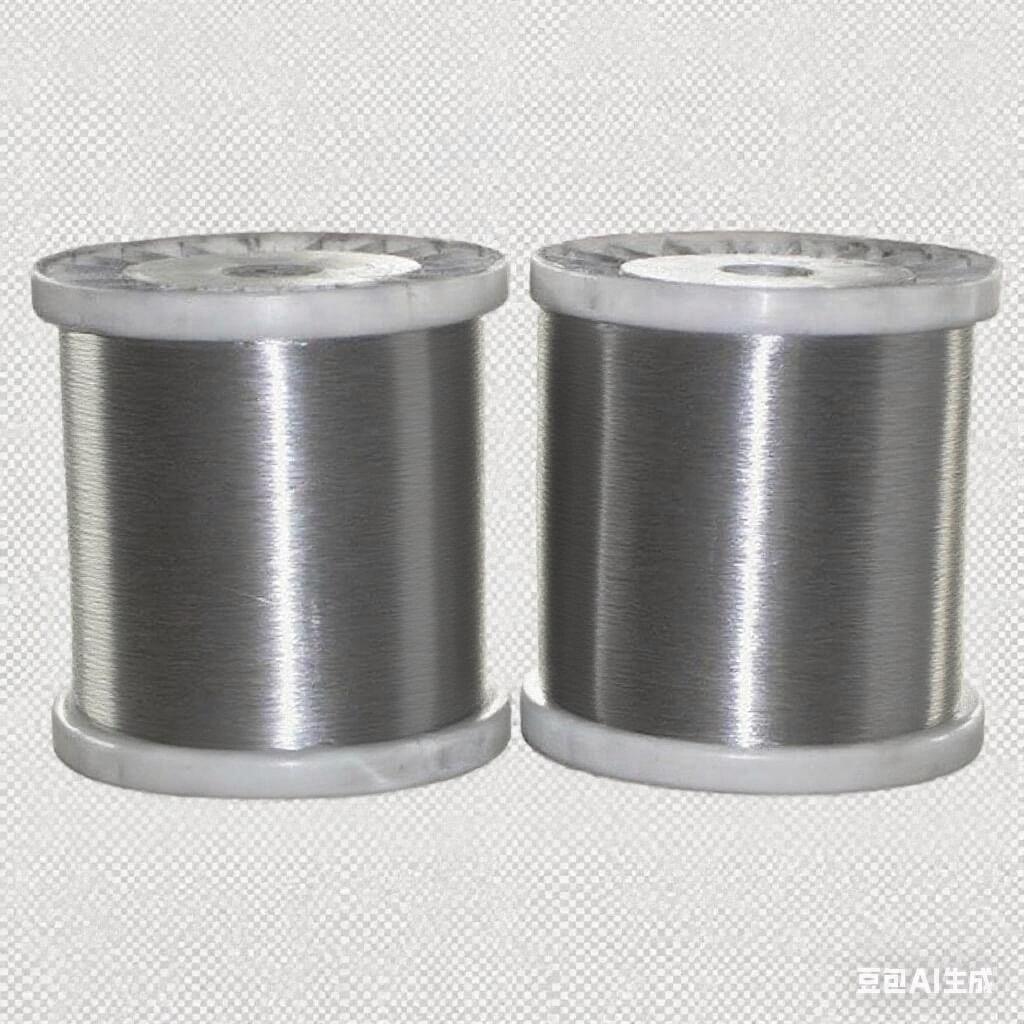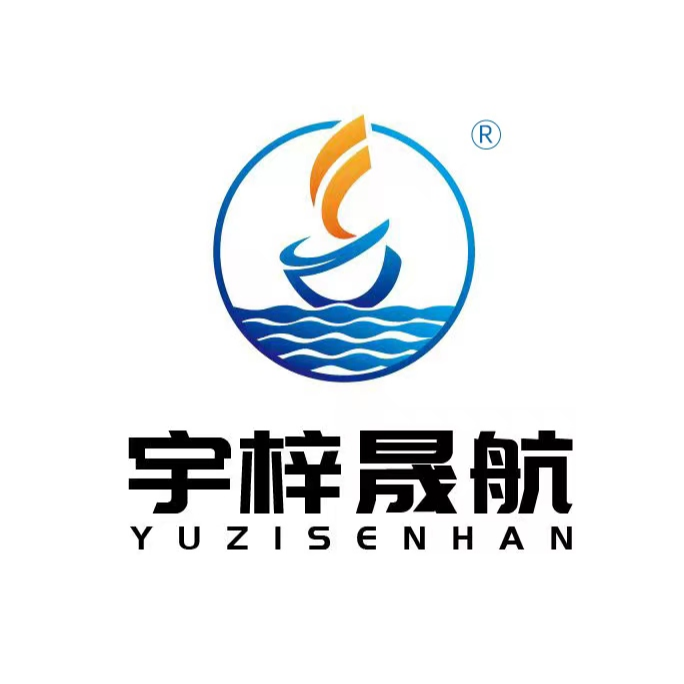Understanding the Revolutionary Properties of Aluminum Magnesium Alloy Wire
In the ever-evolving world of metallurgy and materials science, aluminum magnesium alloy wire has emerged as a game-changing material that combines the best properties of both metals. This innovative alloy has revolutionized numerous industries, from aerospace to consumer electronics, thanks to its exceptional characteristics and versatile applications. As we delve deeper into the remarkable benefits of aluminum magnesium alloy wire, we'll discover why it has become the material of choice for engineers, manufacturers, and designers worldwide.
Superior Physical and Mechanical Properties
Exceptional Strength-to-Weight Ratio
One of the most striking advantages of aluminum magnesium alloy wire is its impressive strength-to-weight ratio. By combining aluminum's lightweight nature with magnesium's structural integrity, this alloy achieves remarkable tensile strength while maintaining minimal mass. This characteristic makes it particularly valuable in applications where weight reduction is crucial, such as in aircraft components and automotive wiring systems.
The addition of magnesium to aluminum creates a material that exhibits superior mechanical properties compared to pure aluminum wire. This enhanced strength allows for thinner wire diameters without compromising performance, leading to significant space and weight savings in various applications.
Corrosion Resistance and Durability
Aluminum magnesium alloy wire demonstrates exceptional resistance to corrosion, particularly in marine environments where exposure to salt water and harsh conditions is common. The presence of magnesium in the alloy creates a protective oxide layer that shields the material from environmental degradation, ensuring long-term reliability and reduced maintenance requirements.
This enhanced durability translates to extended service life and lower replacement costs, making aluminum magnesium alloy wire an economically sound choice for both indoor and outdoor applications. The material's ability to withstand diverse environmental conditions has made it particularly popular in coastal installations and marine equipment.
Thermal and Electrical Performance
Enhanced Conductivity Characteristics
The electrical conductivity of aluminum magnesium alloy wire offers an optimal balance between performance and cost-effectiveness. While pure copper remains highly conductive, aluminum magnesium alloy wire provides comparable electrical performance at a fraction of the weight and cost. This makes it an increasingly popular choice for power transmission and distribution applications.
The alloy's excellent conductivity-to-weight ratio means that electrical systems can be designed with reduced support structures and installation costs. This advantage becomes particularly significant in large-scale projects where the cumulative weight savings translate to substantial economic benefits.
Thermal Management Properties
Aluminum magnesium alloy wire exhibits superior heat dissipation characteristics, making it ideal for applications where thermal management is critical. The material's ability to efficiently conduct and dissipate heat helps prevent overheating in electrical systems, contributing to improved safety and reliability.
In high-power applications, the thermal properties of aluminum magnesium alloy wire allow for better current-carrying capacity without excessive temperature rise. This characteristic is particularly valuable in automotive electrical systems and industrial power distribution networks.

Economic and Manufacturing Advantages
Cost-Effective Production
The production of aluminum magnesium alloy wire offers significant cost advantages compared to alternative materials. The abundance of aluminum and the efficient alloying process with magnesium results in a more economical manufacturing process. This cost-effectiveness extends throughout the entire supply chain, from raw material procurement to final installation.
Furthermore, the material's excellent formability and machinability contribute to reduced manufacturing costs. The ability to process the wire efficiently, combined with its superior performance characteristics, makes it an attractive option for both manufacturers and end-users.
Sustainable Manufacturing Impact
The environmental impact of aluminum magnesium alloy wire production is notably lower than that of many alternative materials. The alloy's recyclability and the relatively low energy requirements for processing make it an environmentally responsible choice. This sustainability aspect has become increasingly important as industries focus on reducing their carbon footprint.
The long service life and minimal maintenance requirements of aluminum magnesium alloy wire further contribute to its environmental benefits. By reducing the frequency of replacement and maintenance operations, the material helps minimize the overall environmental impact of electrical and mechanical systems.
Application Versatility and Future Prospects
Expanding Industrial Applications
The versatility of aluminum magnesium alloy wire continues to open new possibilities across various industries. From aerospace and automotive applications to renewable energy systems and telecommunications infrastructure, the material's unique combination of properties makes it suitable for an ever-growing range of uses.
As technology advances and new applications emerge, aluminum magnesium alloy wire is increasingly being specified in innovative designs and systems. Its ability to meet diverse performance requirements while offering economic advantages positions it as a key material for future technological developments.
Innovation and Development
Ongoing research and development in aluminum magnesium alloy wire technology continue to yield improvements in performance and processing capabilities. New alloying techniques and manufacturing processes are expanding the material's potential applications while enhancing its already impressive properties.
The future of aluminum magnesium alloy wire looks promising, with continued innovation driving new possibilities in material science and engineering applications. As industries increasingly prioritize efficiency, sustainability, and performance, the demand for this versatile material is expected to grow significantly.
Frequently Asked Questions
What makes aluminum magnesium alloy wire different from pure aluminum wire?
Aluminum magnesium alloy wire combines the lightweight properties of aluminum with the enhanced strength and corrosion resistance of magnesium. This results in a material that offers superior mechanical properties, better durability, and improved performance compared to pure aluminum wire, while maintaining excellent electrical conductivity.
How does the cost of aluminum magnesium alloy wire compare to copper wire?
While the initial cost of aluminum magnesium alloy wire may vary with market conditions, it generally offers significant cost savings compared to copper wire. When considering the total installed cost, including transportation, installation, and long-term maintenance, aluminum magnesium alloy wire often proves to be more economical.
Is aluminum magnesium alloy wire suitable for outdoor applications?
Yes, aluminum magnesium alloy wire is highly suitable for outdoor applications due to its excellent corrosion resistance and durability. The protective oxide layer formed by the magnesium content makes it particularly resistant to environmental factors, including exposure to salt water and harsh weather conditions.





